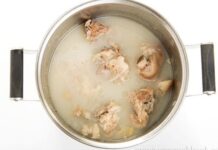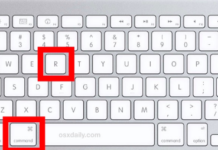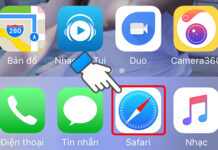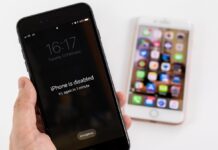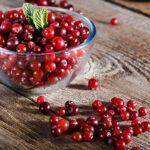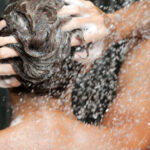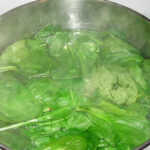In reality, if you take a closer look, you’ll notice that over time, your toothbrush accumulates a certain amount of toothpaste residue hidden amongst its bristles. Additionally, according to a study by the Case Western Reserve School of Dental Medicine (USA), there are approximately 700 microorganisms, including bacteria, viruses, protozoa, and fungi, present in the human mouth.
Specifically, each milliliter of saliva contains up to 100 million bacteria from over 600 different species. Hence, when we brush our teeth, these microorganisms are transferred onto our toothbrushes and into the external environment. Combined with a moist environment, these bacteria continue to thrive, turning your toothbrush into a dangerous bed of germs.

Therefore, it is essential to regularly clean our toothbrushes to maintain hygiene and safeguard our health. But how do you thoroughly clean a “dirty” toothbrush? Today, I will share with you a method to effectively clean your toothbrush, solving a common problem faced by many families. Keep reading to discover how to properly clean your toothbrush!
How to Clean Your Toothbrush
In fact, cleaning your toothbrush is quite simple and not as complicated as you might imagine. First, place the toothbrush you intend to clean into a cup, ensuring that the bristles face downward.

Next, pour warm water into the cup. Avoid using hot water as the bristles are relatively thin and can easily become stiff and deformed when exposed to high temperatures.

Then, add a small amount of salt to the cup of water. The salt helps disinfect and further sanitize the toothbrush. You will notice small bubbles appearing on the toothbrush. Once these bubbles stop, it indicates that your toothbrush is clean. This simple method can effectively solve a common household problem.

In addition to the above method, you can also try one of the following alternative approaches to effectively clean your toothbrush:
– Using Hydrogen Peroxide
One of the best methods to eliminate pathogens from your toothbrush is to mix a spoonful of hydrogen peroxide with a cup of water and soak your toothbrush in this solution for at least 30 seconds before use. Afterward, thoroughly rinse the toothbrush with hot water. If you don’t have hydrogen peroxide, you can substitute it with an alcohol-based mouthwash, which will have a similar effect.
– Soaking in Vinegar
Another way to disinfect your toothbrush is to soak it in diluted vinegar. Vinegar will effectively kill most pathogens and bacteria.
– Bleach Soaking
You can also clean your toothbrush by soaking it in a bleach solution. Swirl the toothbrush in the bleach mixture for about 30 seconds, and then thoroughly rinse it before use.
– Using a Dishwasher
You may also periodically clean your toothbrush in a dishwasher. While this method may seem unusual, it helps deep clean your toothbrush, removing unwanted bacteria and pathogens. Ensure that the toothbrush is placed in a position where it won’t be exposed to direct heat to prevent melting.
Even though your toothbrush is now clean, improper storage can lead to rapid recontamination. Generally, the bottom of a water cup tends to be damp and conducive to bacterial growth. Therefore, when storing your toothbrush, remember to keep the bristles facing upward to prevent bacterial growth. Despite the various cleaning methods available, it is recommended to replace your toothbrush every three months to ensure optimal health.

By An Nhiên – Vietnamnet
The Ultimate Guide to Packing for Quarantine: What to Bring When You Have to Leave in a Hurry
In the face of the escalating Covid-19 situation, centralized quarantine facilities play a crucial role in curbing the spread of the virus into the community. But what are the essential items you should prioritize bringing if you ever find yourself in quarantine? Let’s explore this important topic together!












